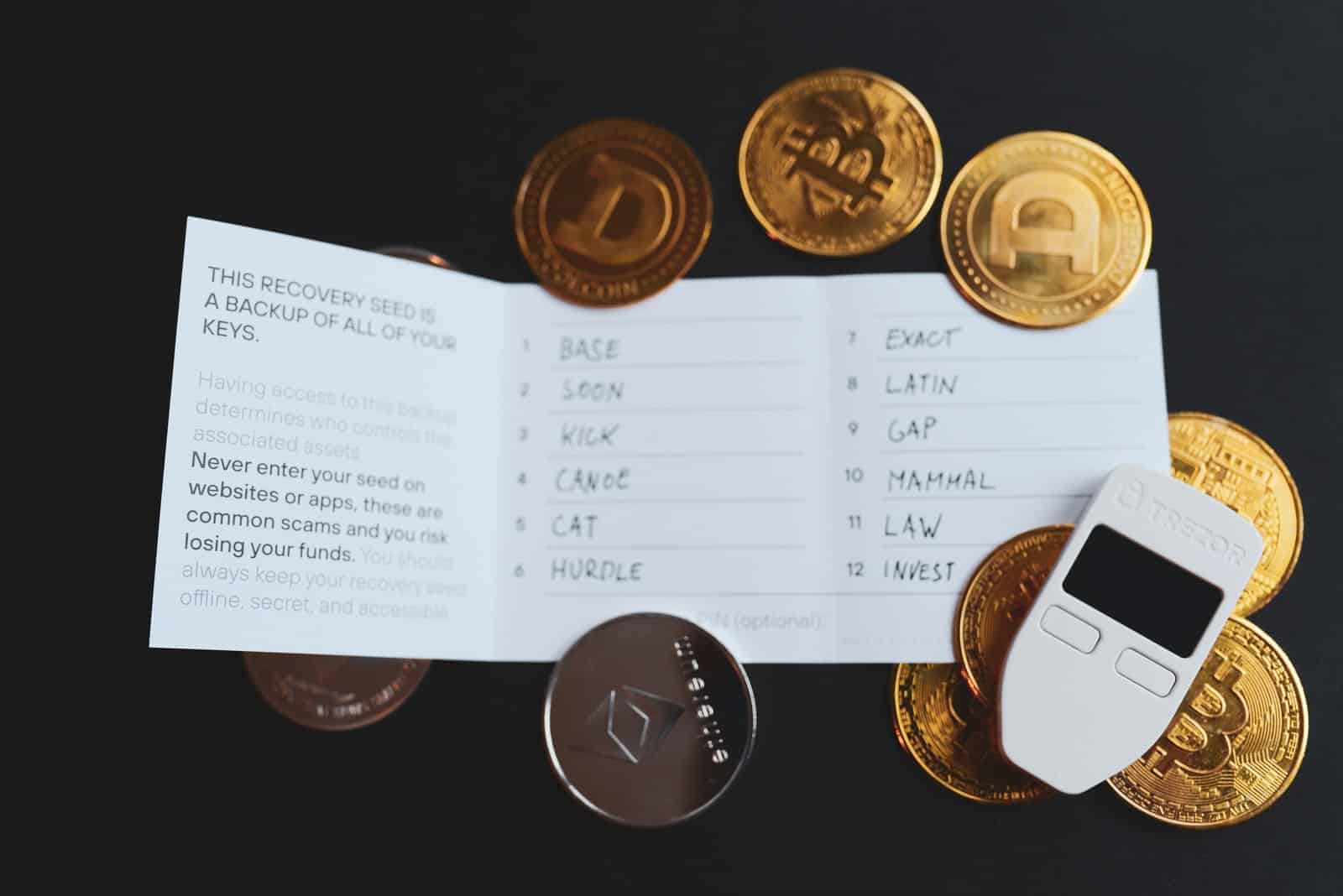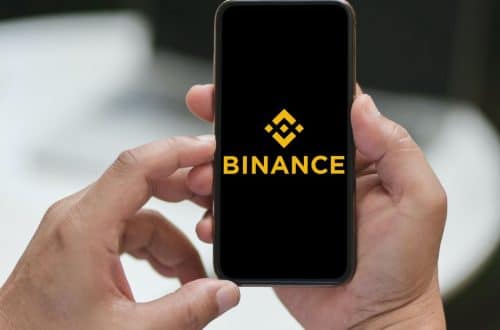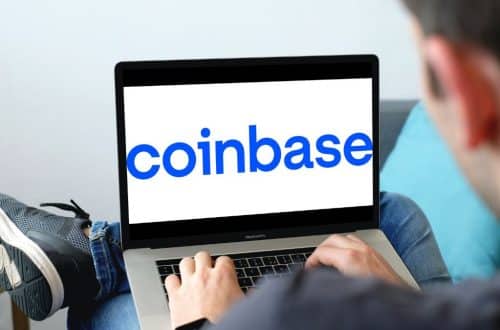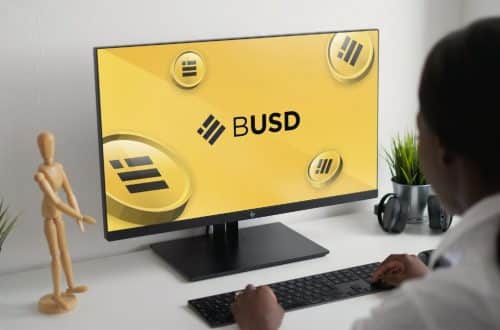
How To Make a Bitcoin Paper Wallet
How To Make A Bitcoin Paper Wallet
We’ve all heard of Bitcoin, right? What about a Bitcoin paper wallet and do you know how to make a Bitcoin paper wallet?
With the increased popularity of Bitcoin throughout the world, and the increased adoption of cryptocurrency, the Bitcoin paper wallet is becoming more commonplace.
Before we explain exactly what a Bitcoin paper wallet is and how you can create one, let’s first talk about Bitcoin’s popularity.
The popularity of Bitcoin
Bitcoin has grown exponentially throughout the years since it was first created in 2009. As more and more people learn about Bitcoin and its potential, so has its demand increased. This is also true of its value.
Bitcoin isn’t controlled by any government or financial institution, which has increased its popularity. This means that anyone can use Bitcoin without having to go through a bank or other third party.
It’s also really easy to get started with it, making it attractive to a lot of people. All you need is a computer and an internet connection.
What exactly is a Bitcoin paper wallet?
A Bitcoin paper wallet is simply a piece of paper that has your Bitcoin public and private keys printed on it. Your public key is the address that people use to send you Bitcoin. Your private key is what you use to spend or transfer your Bitcoin. This makes it a beginner-friendly wallet for those new to Bitcoin.
Paper wallets are an offline way to store your Bitcoin, and they offer a high level of security. The private key is not stored on any computer or server. It’s instead printed out on the paper wallet itself.
Is a Bitcoin paper wallet really safe?
In order to spend your Bitcoin, you would need to physically have the paper wallet with you. This makes it much more difficult for hackers to steal your private key, as they would need to have physical access to the paper wallet itself.
Another advantage of using a paper wallet is that it makes it very easy to store your Bitcoin offline (known as cold storage). This is one of the safest ways to store your Bitcoin, as it means that it no-one can hack it or steal it online. Just make sure you don’t lose your wallet.
How do you create a Bitcoin paper wallet?
If you’ve been wondering how to make a Bitcoin paper wallet, then you’ve come to the right place. Creating a Bitcoin paper wallet is relatively simple and only requires a few minutes of your time. All you need is a computer, an internet connection, a printer and some basic materials.
The first step is to go to the Bitcoin paper wallet generator website. They generate the Bitcoin paper wallet using secure open-source software.
There are several options online to choose from and here are just a few:
- bitaddress.org
- bitcoinpaperwallet.com
- walletgenerator.net
What next?
Once you’ve selected a website, the next step is to choose how many Bitcoin addresses you want to generate. Each website will explain the steps you need to take, but as we mentioned before, it’s really simple. We recommend generating at least two paper wallets so that you can have a backup in case you lose one.
Here’s what you’ll receive as part of your wallet:
- A long string of characters – your public key
- A QR code. This is your public address and is what you will give to people when they want to send you Bitcoin.
The next step is to print out your wallet. We recommend using a laser printer as it prevents anyone from tampering with your private key. Once you’ve printed out your wallet, you can securely store it away.
To spend or transfer your Bitcoin, you will need to use your private key. You can do this by scanning the QR code with your mobile wallet or by manually entering the private key into your wallet.
And that’s it! If you follow the above you’ll know exactly how to make a Bitcoin paper wallet.
As you can see, creating a Bitcoin paper wallet is relatively simple and only requires a few minutes of your time. Remember to keep your private key safe. If you lose it, it can’t be recovered. Think of it as traditional currency. This is why we recommend generating at least two wallets so that you have a backup in case you lose one.
How do you pay with a Bitcoin paper wallet?
Paying with a Bitcoin paper wallet is just like paying with any other Bitcoin wallet. All you need to do is scan the QR code on the paper wallet with your mobile wallet or enter the private key into your wallet, as we mentioned above.
How do you store a Bitcoin paper wallet?
To securely store your Bitcoin paper wallet, when you are not needing it to make payments, we recommend using a fireproof and waterproof safe. This will ensure that even if there was a fire or flood, your paper wallet would still be intact.
We also suggest that you laminate your paper wallet. This will further protect it from water damage and make it more durable.
What are the risks of a Bitcoin paper wallet?
As with any currency, there are always risks associated with holding Bitcoin. One of the risks with holding Bitcoin on a paper wallet is that if you lose your paper wallet, there is no way to recover it. This is why we suggest generating at least two wallets and keeping them in a safe as we already mentioned.
Another risk to consider is that if someone discovers your private key, they will have access to all of the Bitcoin in your paper wallet. For this reason, it’s important to keep your paper wallet in a safe place where only you have access to it.
Our take on the Bitcoin paper wallet
We really like the simplicity of creating a paper wallet. With plenty of options to choose from, you’ll be able to do so in no time. Just make sure you create one with a reputable platform. If you are ever unsure, do an online search to see what their reviews are like and if there is any dodgy with them.
We hope the above helps better explain how to make a Bitcoin paper wallet
What are your thoughts on Bitcoin paper wallets? Let us know in the comments below!







